Plane accidents have been on record since the earliest days of the history of aviation. Orville Wright, one of the two brothers and plane inventors, visited Fort Myer to demonstrate the Wright Flyer for the U.S. Army Signal Corps Division. Lt. Selfridge accompanied Orville Wright as a passenger. Orville Wright piloted the plane on September 17, 1908. The Wright Flyer circled Fort Myer 4 times at 150 feet, and while halfway during the 5th circle, its right propeller broke, and the plane crashed killing Lt. Selfridge, the first victim of a plane crash in the history of aviation. Plane accidents continue even today, and on June 3, 2012, an aircraft McDonnell Douglas MD-83 of Dana Air Flight 992 collided with a power line and crashed at 11 miles from Lagos, Nigeria. All 147 passengers on board along with a crew of 6 were killed.
1. The 9/11 Plane Crash
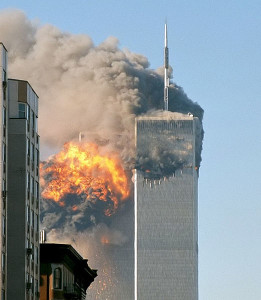
None of the accidents or incidents in the history of aviation had been as deadly as the terrorist attack on the World Trade Center in New York on September 11, 2001 with deliberate and planned crashing of American Airlines Flight 11 and United States flight 175. The attack killed 2,752 persons, mostly the occupants of the World Trade Center tower. American Airlines Flight 77 crashed into the Pentagon killing 44 persons. With the United States Airlines Flight 93 crash in Pennsylvania, the total number of causalities, exclusive of the 19 hijackers, rose to 2,977. This act has been taken as a mass murder-suicide act of war and act of terrorism by the U.S. Government and NATO. It has impacted the whole world and has changed the lifestyles of all human beings on the globe.
2. The Tenerife Crash

On Sunday, March 27, 1977, a bomb exploded at Gran Canaria Airport. In view of the security measures, many flights were diverted to Tenerife Airport on the Spanish Island of Tenerife. The diverted aircrafts included KLM Flight 4805 and Pan Am Flight 1736. Constrained to accommodate many diverted flights, the traffic controllers parked many aircrafts on the taxiway consequently blocking it. Dense fog had reduced the visibility. In absence of ground radar, the traffic controllers relied upon verbal communications which turned out to be a fatal miscommunication. The KLM flight tried to take off while the Pan Am flight was still on the runway. Both the aircraft collided killing 248 people aboard the KLM flight and 335 of the 396 aboard the Pan Am Flight. Only 61 on board the Pan Am flight survived. The investigators concluded that the primary cause was the captain of the KLM flight who took off without clearance from Air Traffic Control.
3. JAL Flight 123 Crash
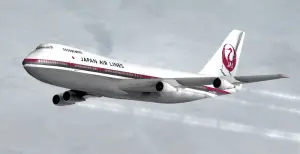
The JAL Flight 123 crash is the deadliest single plane crash in the history of aviation killing all the 15 crew members and 505 of the 509 passengers aboard the Boeing 747-146SR. Earlier in 1977, the Tenerife plane crashes total number of casualties was 583 which arose from the collision of the 2 planes. On August 12, 1985, the domestic flight JAL 123 departed from Tokyo International Airport, Haneda for Osaka International Airport, Itami. Just 12 minutes after of take-off, the craft had a mechanical failure which disabled all the hydraulic lines rendering the plane uncontrollable though the pilot maneuvered for 20 minutes before it crashed into two ridges of Mount Takamagahara, in Ueno, Gunma prefecture at a distance of 100 kilometers from Tokyo after 32 minutes.
4. Saudi Flight 763 Crash

Following the Japan Airlines Flight 123 and Tenerife Airport disaster, the Saudi Flight 763 is the deadliest mid-air plane collision in the history of aviation. On Tuesday, November 12, 1996, Kazakhstan Airlines Flight 1907, while flying from Kazakhstan to New Delhi, collided in the air with a Boeing 747-168B conducting Saudi Arabian Airlines Flight 763 from New Delhi, India to Dhahran, Saudi Arabia. The planes collided in the air over the village Charki Dadri, Haryana, India. The tail of the KZA 1907 cut the left wing of SVA763. All 349 persons aboard both the flights were killed.
5. Turkish Airlines Flight 981 Crash
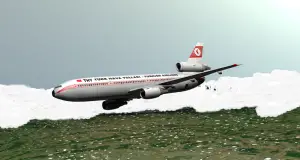
The Turkish Airlines Flight 981 crash is also known as the Ermenonville Air Disaster after the site of the crash, a forest near Senlis, Oise to the northeast of Paris, France. A McDonnell Douglas DC-10 was London bound to conduct the Turkish Airlines Flight 981. On March 3, 1974, within minutes after its take-off from the Orly Airport, the plane crashed in the Ermenonville forest killing all 346 people on board. Prior to the Tenerife crash in 1977, it was the deadliest, single plane crash. The primary cause was determined to be the damage to the rear cargo hatch. Its pins were found filed to ease the door closing. The latching was done by a Moroccan baggage handler who was unable to read the related notice in English or Turkish.
6. Arrow Air Flight 1285 Crash

Arrow Air Flight 1285 was a McDonnell Douglas DC-8-63CF jetliner. It operated as an international chartered flight and was carrying U.S. troops from Cairo, Egypt to Fort Campbell, Kentucky via Gander on December 12, 1985. Minutes after take-off from Gander, Newfoundland, Canada, the aircraft encountered a sudden reduction in lift and crashed about half a mile from the runway. It burned instantaneously killing all 256 passengers and crew on board. The Canadian Aviation Safety Board, having investigated, concluded that the primary cause of the accident was unusual ice formation on the wings’ edges and upper surfaces.
7. The Iran Air Flight 655 Crash
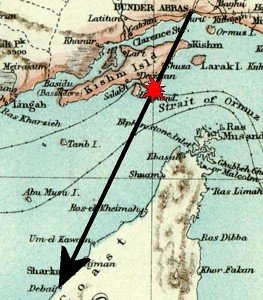
On Sunday, July 3, 1988, 2 surface-to-air missiles from the U.S. Navy guided missile cruiser USS Vincennes shot down Iran Air Flight 655 being conducted by a civilian jet airliner. The flight was targeted over the Strait of Hormuz killing all 290 passengers on board. It is considered the ninth deadliest plane crash in the history of aviation. The U.S. government’s statement suggested that the U.S. crew identified or mistook the Iranian Airbus A300 for an F-14 Tomcat Fighter. Although the U.S. never apologized for killing the civilians, it had to pay $61.8 million in compensation for the families of the victims.
8. American Airlines Flight 191
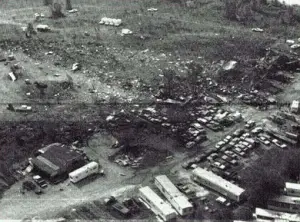
A McDonnell Douglas DC-10-10 was scheduled to operate American Airlines Flight 191. Just after taking off from Chicago on May 25, 1979, it crashed near O’Hare International Airport, Dallas. All 271 passengers on board and 2 persons on the ground were killed in the crash. It is considered the deadliest, commercial aircraft accident next only to the 9/11 attack in 2011. Investigators found that engine number one of the left wing separated during take-off causing a malfunction of the hydraulic lines with the ultimate total loss of control. The Federal Aviation Administration grounded all DC-10s; though it was concluded that the maintenance issues were the primary causes, and the design of the aircraft was not a causative factor.
9. Pan Am Flight 103 Crash
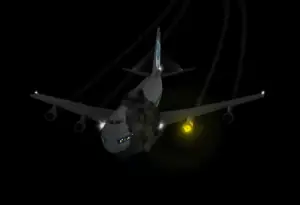
A Boeing 747”œ121, called Clipper Maid of the Sea, was operating Pan Am Flight 103 on December 21, 1988. It took off from London’s Heathrow Airport and was bound for New York’s John F. Kennedy International Airport. Captain James Bruce took off at 18:25 and, flying over Midland, leveled off at 31,000 ft. about 40 km. north of Manchester. Contact with the flight was lost afterwards. Investigators concluded that the plane crashed due to a bomb explosion, and that the plane disintegrated before the emergency procedures could be started. The crash, also known as the Lockerbie Bombing after the site of destruction, killed 243 passengers, 16 crew members, and 11 people on the ground from Lockerbie. It was the deadliest plane crash in the history of British aviation.
10. The Swissair Flight 111 Crash
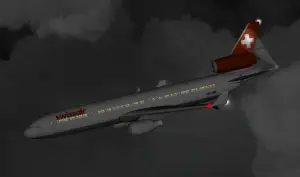
A Swissair McDonnell Douglas MD-11 plane was to conduct the Swissair Flight 111 on September 2, 1998. It was scheduled to take off from John F. Kennedy International Airport, New York City, U.S to Cointrin International Airport in Geneva, Switzerland. The plane crashed into St. Margaret’s Bay near Halifax, Nova Scotia. All 229 people on board were killed. An investigation conducted by the government of Canada, at the cost of USD $38 million over a period of 4 years, concluded that the primary cause was the use of flammable material in the construction of the aircraft. This material caught fire during the flight and caused the disaster.
Conclusion:
Flying is intuitive for Aves, the birds, but aviation, derived from Latin ‘avis,’ is an acquired human skill. Progress in the field of aviation has been made more than in any other field during the last 100 years, but equally notable is the fact that there are still more opportunities for improvement in aviation than in any other field. Not only that the planes are still highly susceptible to crashing, but also the consequent rate of mortality is too high to be ignored, and it is still a big question mark on the industry of aviation.










Leave a Reply